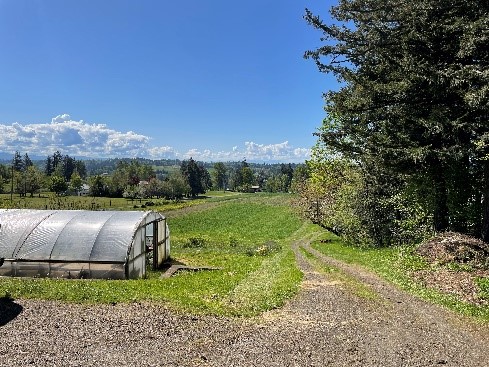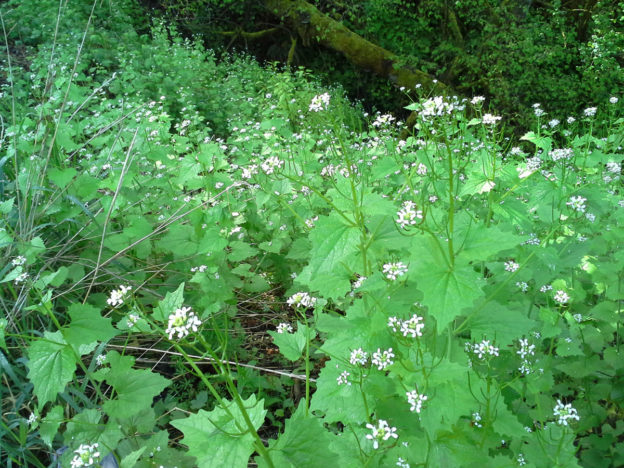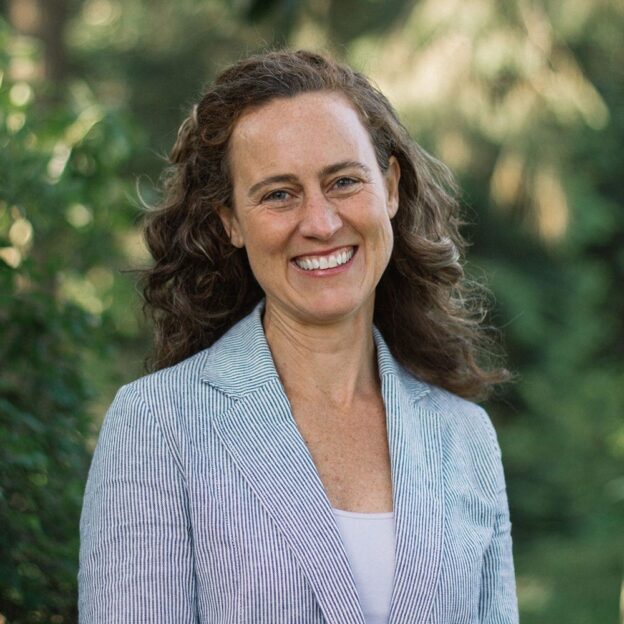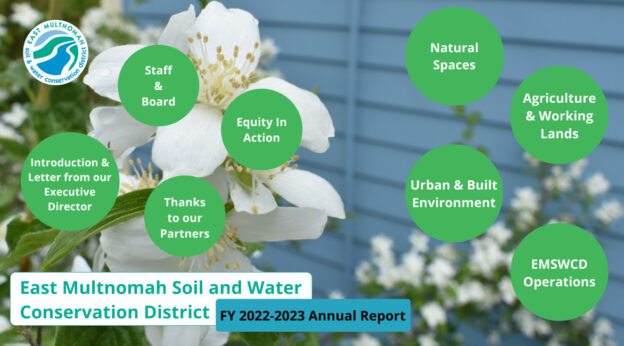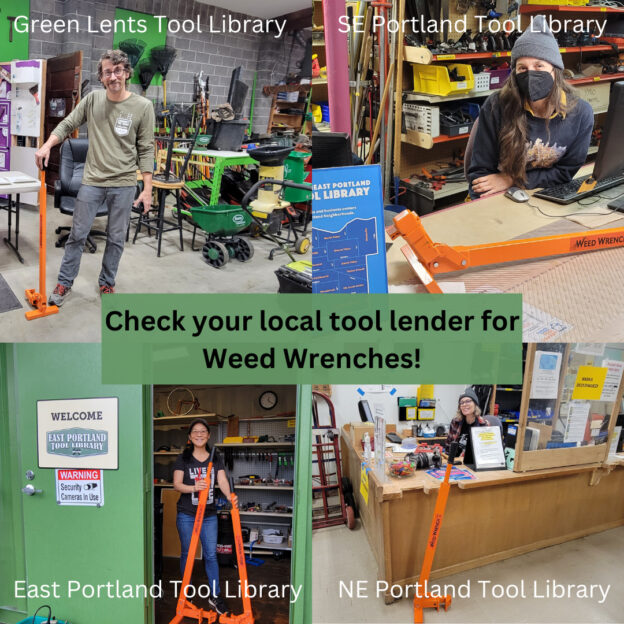EMSWCD is excited to announce the availability for purchase of a great farm property at a discounted price for farmers with a well-established and active farming operation. All interested parties should direct inquiries to EMSWCD’s brokers, Chris Kelly and Jamey Nedelisky of Berkshire Hathaway HomeServices NW Real Estate at (503) 666-4616. The transaction is not expected to close until late 2024 or early 2025 as it will continue in the ownership of the present owners until that time. Please note – this opportunity is not a good fit for folks aspiring to farm.
EMSWCD operates a Working Farmland Protection Program, which works to ensure that farmland remains available for current and future generations of farmers. One way we make this happen is by buying farm properties that are at risk of conversion to non-farm uses – like this property – and then reselling to farmers subject to a working farmland easement. The working farmland easement will ensure the farm remains in farmer ownership, continues to be actively farmed, remains affordable to future generations of farmers and that the soil resources on site are protected.
The sale proceeds will be used by EMSWCD to protect additional working farm properties to help ensure farmers continue to have access to high-quality affordable farmland in our district.












